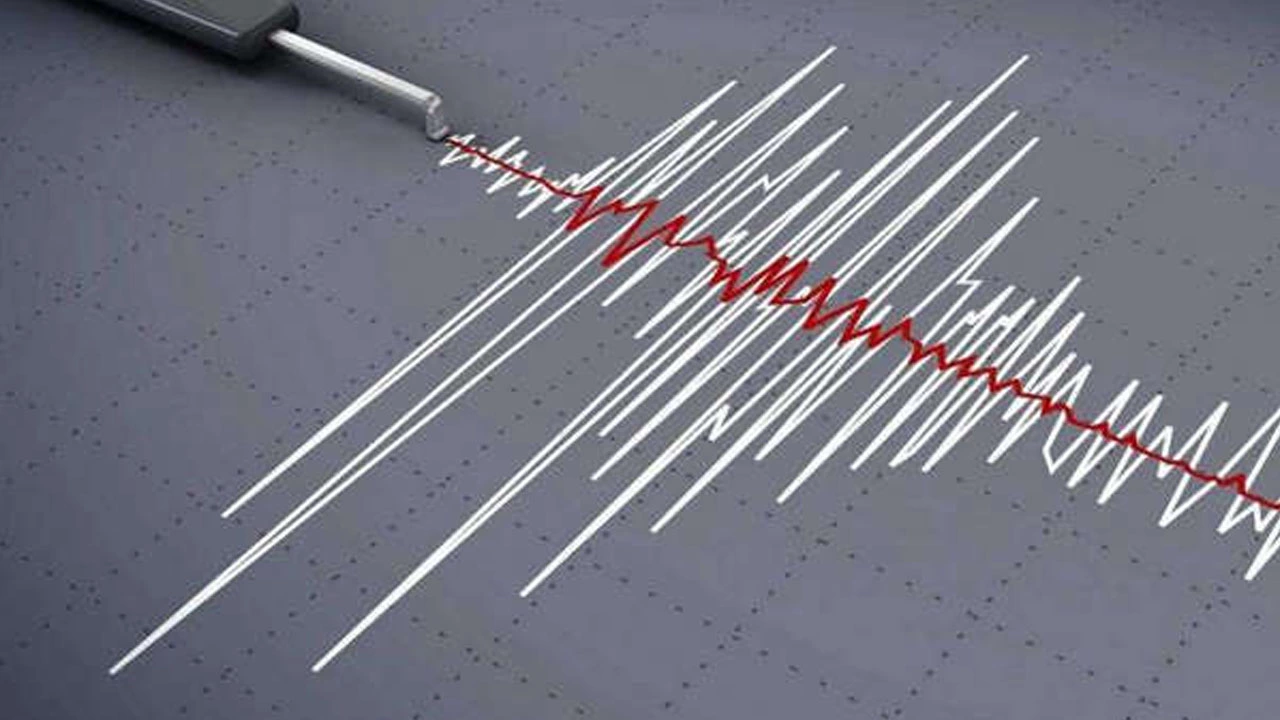On Wednesday, a magnitude of 6.3 earthquake hit western Afghanistan, striking an area where more than 2,000 people were killed after a sequence of similar quakes on the weekend.
The United States Geological Survey said that the earthquake happened at a shallow depth at around 05:10 am local time (00:40 GMT), with its epicenter about 29 kilometers north of the city of Herat.
According to UN estimates since Saturday volunteers and rescuers have been working in what are now last-ditch tries to locate survivors from the earlier series of tremors, which demolished entire villages and impacted more than 12,000 people.
Local and national officials have provided different counts of the number of dead and injured from the last quakes, but the disaster ministry has said 2,053 people died.
Mullah Janan Sayeq, disaster management ministry spokesman, said, “We can’t give exact numbers for dead and wounded as it is in flux.”
There were no immediate reports of new deaths after Wednesday’s quake, which struck near Herat city, home to more than half a million people.
According to the UN, the earlier earthquakes destroyed at least 11 villages in Herat province’s Zenda Jan district.
“Not a single house is left, not even a room where we could stay at night,” said 40-year-old Mohammad Naeem, who told AFP he lost 12 relatives, including his mother, following Saturday’s quakes.
“We can’t live here anymore. You can see, our family got martyred here. How could we live here?”
Many Herat residents had been spending their nights living in tents in the open air due to a worry of aftershocks after the weekend quakes, Local media reported.
Delivering shelter on a big scale will be a challenge for Afghanistan’s Taliban authorities, who held power in August 2021, and have fractious connections with global aid organizations.
Afghanistan is frequently struck by deadly quakes, but the weekend disaster was the worst to hit the war-ravaged nation in more than 25 years.




